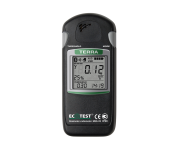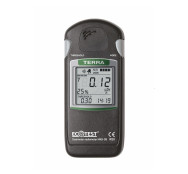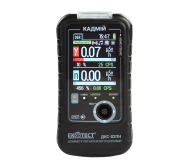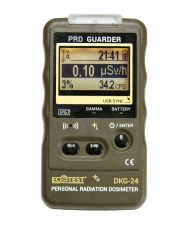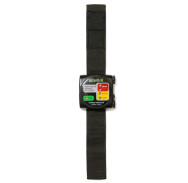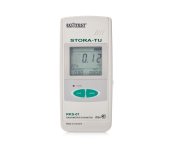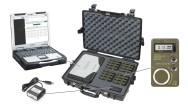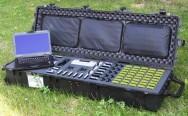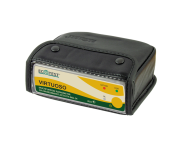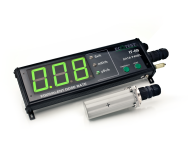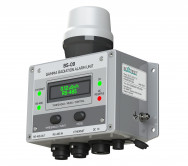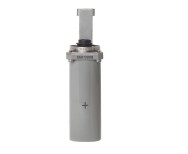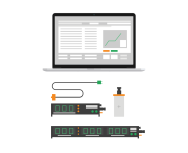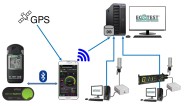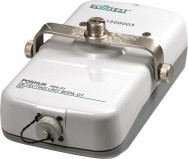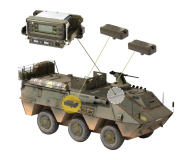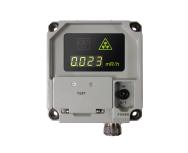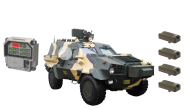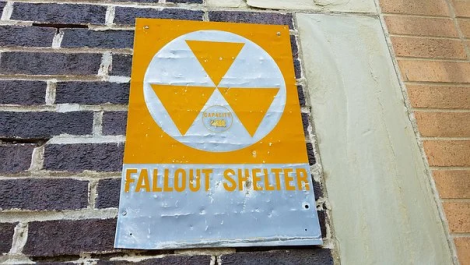
Natural disasters (earthquakes or tsunami) in regions where nuclear power plants or reactors are located, accidents, and terrorist actions can lead to radiation emergencies any time. The simplest and safest way to face such situations is radiological emergency preparedness.
Radiation accidents and incidents are comparatively infrequent. But not impossible. And the repercussions can be drastic, widespread and long term.
Radiation and nuclear preparedness can help individuals and organizations stay prepared for unfortunate circumstances. It also helps react quickly and in the right manner, which further helps minimize the impact of the nuclear accident.
Before You Begin
Before you begin planning for radiation preparedness, you need to truly believe in its need. Half-hearted, ill-informed efforts do more harm than good.
As a key decision-maker, you need to understand that radiation emergencies can happen anytime. However, there is an equally likely chance of nuisance alarms as well. Thus, make sure that the devices you invest in, reduce the incidence of false alarms while keeping you informed about actual threats.
Step 1 – Formulate An Emergency Communication Plan
The first and foremost step in radiological emergency management is an emergency communication plan. It is easy to get petrified and not be able to think clearly in times of a radiological emergency. “Whom to contact in times of emergency?” is a question that shouldn’t be left for the last moment. Everyone should know who they can get in touch with, in case of radiation-related emergencies. Your staff should know which supervisor or manager should be informed. And the families of your staff members should also know who they can call to ask about the well-being of their family members.
Once a communication plan is ready, share it with everyone. Ensure the contact details are updated as and when needed.
Step 2 – Understand The Public Alert and Notification System

In case there is a radiological emergency that didn’t happen on your premises but affects your staff or stakeholders, you will need to be aware of those issues as well.
Every area has an email or text SMS alert and notification system. The system is used to inform everyone in the affected area about what needs to be done.
Find out the system for your area and make sure you understand the system well.
Step 3 – Find Financial Resources For Radiation Preparedness
Other than having a plan in place, you also need to be equipped with proper resources. Radiation preparedness requires equipment like radiation detectors (dosimeters and non-personal devices). You will also need measurement and monitoring system solutions. Plus, a radiation emergency kit is also essential. The emergency kit should include flashlight, water, batteries, first-aid, and important documents. If your organization is at higher risk of a radiation emergency, you should look for potassium iodine, which absorbs radioactive iodide. Contact your local or state government organizations for the procurement of potassium iodine.
Purchasing and maintaining these devices, solutions, and kits, requires funds. And you need to make sure you have adequate funds for radiation preparedness.
Step 4 – Get Equipped With Radiation Detection, Measurement, and Monitoring Devices And Solutions
Once you have the funds in order and a list of all the equipment you need, you can start purchasing the items that you need for your radiation preparedness plan.
At ECOTEST, we have a wide range of personal and site-based devices that alert you of radiation threats and when radiation exposure limits are crossed.
Our wide range of technologically-advanced equipment and solutions don’t just help you stay aware in times of emergency. In times of non-emergency, our devices make sure you and your staff know that they are safe. This results in ease of work and a sense of safety that bolsters trust and commitment.
Step 5 – Ensure Proper Training and Awareness
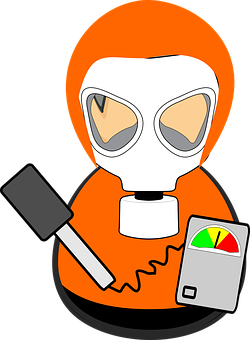
Does your staff know the radiation exposure limits for workers? Do they know how to properly interpret the readings on a dosimeter? Do they have knowledge about what to do depending on the radiation limits?
In the absence of information, training, and awareness, your emergency preparedness efforts would go waste. There will be chaos and panic during a radiological emergency. And the risk and hazard will multiply manifold.
Ensure your staff gets proper training and manuals that will guide them in times of need.
With these five actionable steps, you can prepare a radiological emergency preparedness program for your organization.
ECOTEST stands strong in your support and we vow to never let your safety or security falter. Our devices and system solutions are designed to not just keep you aware of impending dangers but also help you act right during an emergency.
FAQs
What should you do after being exposed to radiation?
If you or anyone else, have been exposed to radiation, do this.
- Quickly get out of the area.
Remove the outer layer of clothing to limit and prevent internal contamination. Keep these clothes in a plastic bag or corner and ensure other people stay away from them.
Keep cuts and abrasions covered.
Wash exposed parts of your body with lukewarm water and soap. This is called decontamination.
Get medical help at the earliest to detect and remedy internal contamination and relieve you of symptoms of radiation sickness (if any).
How do you prepare for a nuclear disaster?
Preparing for a nuclear, as discussed above, requires careful planning. It is similar to planning for any other natural disaster. Other than the regular supplies in your emergency kit, a nuclear disaster preparation kit should also include potassium Iodate tablets, apple cider vinegar, baking soda, gas masks, nuclear suits, and dosimeters.
How do you stay safe from radiation?
If there has been a radiation incident near you, here’s what you can do to stay safe from radiation –
- Limit the time you spend close to the source of radiation.
Minimize exposure by being as far away from the source as possible.
Ensure there is a shield between you and the radiological source.
Use dosimeters and other personal radiation detection devices to know the extent of the issue.
Wear protective clothing that can be removed easily.
Wash exposed areas with soap and lukewarm water to avoid internal contamination.
Assume all suspected sources of radiation are radioactive. Do not touch or go near them.
Carry our radiation monitoring to stay aware of levels and type of radiation present.
How can workers protect themselves from radiation?
Workers can protect themselves from radiation in four ways –
- Staying equipped – with information and devices.
Measuring and monitoring levels of radiation to avoid mishaps.
Acting in accordance with the radiation emergency program.
Being aware of countermeasures and following them in times of need.

